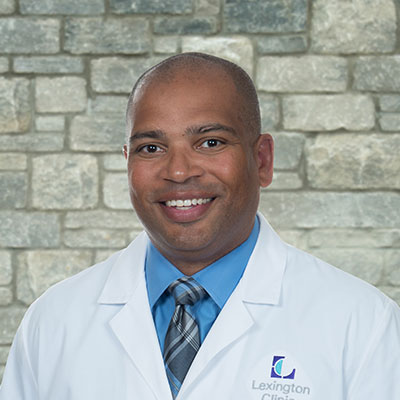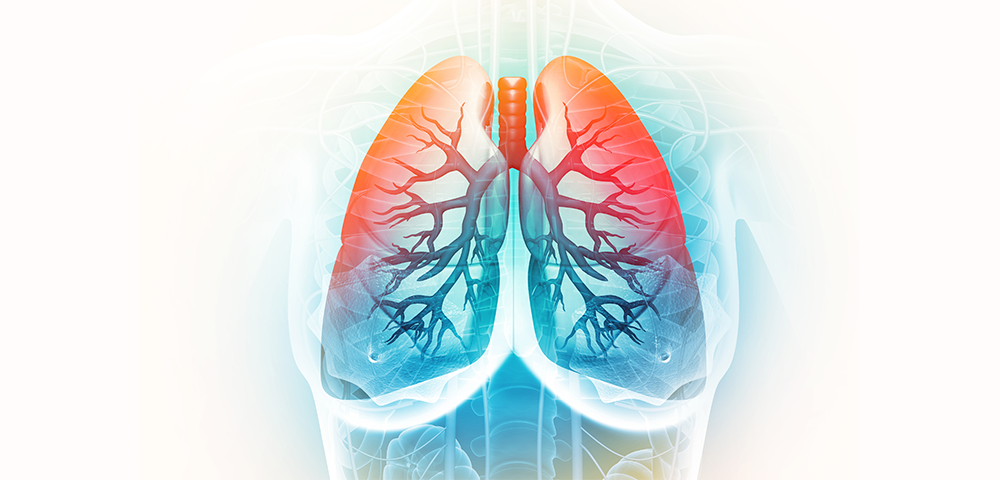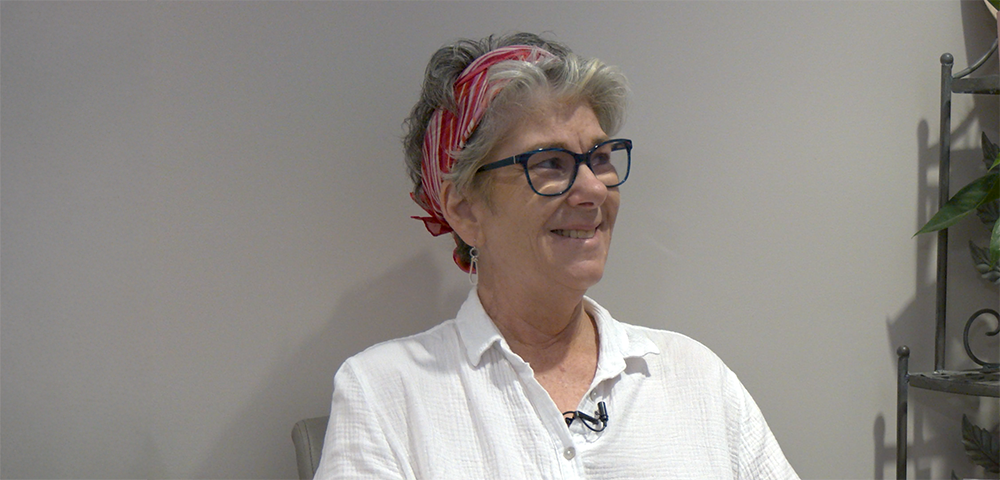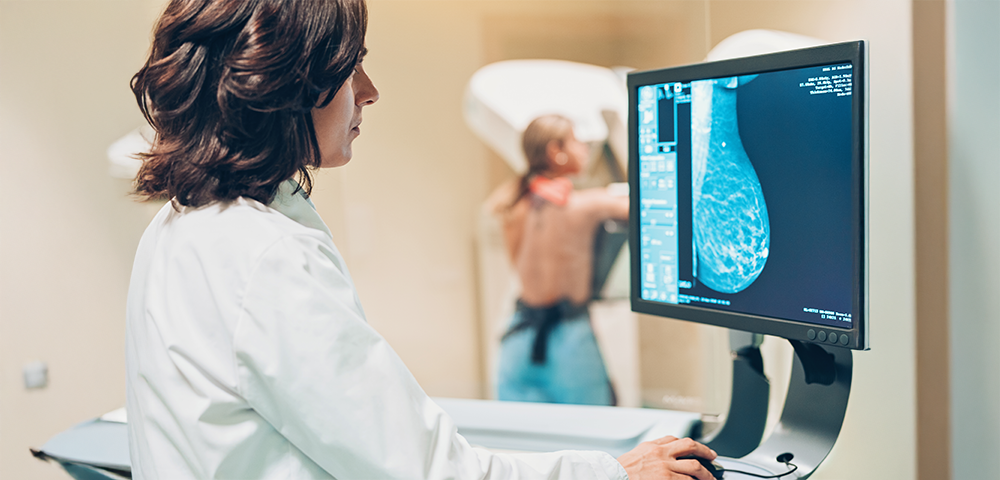Carpal tunnel syndrome (CTS) is a common health condition that affects the wrist. It can cause feelings of numbness, pain, tingling, and weakness of grip. This occurs when the median nerve, which runs from the forearm through the wrist and into the palm of the hand becomes compressed at the carpal tunnel at the wrist. The median nerve allows for sensation in the thumb, index, middle, and ring fingers and controls a portion of the muscles to the thumb. The carpal tunnel is a narrow passage in the wrist through which the median nerve and flexor tendons of the fingers pass.
Although anyone can develop CTS, it’s more common in adults. Women are also more likely than men to develop CTS, possibly related to hormonal changes or decreased size of the carpal tunnel.
Symptoms
CTS most commonly causes numbness in the hand and fingers. It can also cause feelings of tingling or pain in these areas and the wrist. Additionally, CTS can result in grip weakness, making it more difficult to hold onto things. CTS may not develop quickly, making it easy to miss symptoms until they become more significant. Symptoms tend to be worse at night due to sleeping posture and may frequently wake you from sleep. This is why treatment early on with a wrist splint may result in improved symptoms as the splint keeps the wrist from bending while we sleep at night. You may also notice symptoms during the day with certain activities such as working, typing, or driving and may notice that you will frequently shake out or adjust the position of your hand or wrist to obtain temporary symptom relief.
Causes
CTS is caused by the addition of pressure on the median nerve. Typically, the cause of carpal tunnel syndrome is multi-factorial and can be related to medical conditions as well as activities involving repetitive use of the hand, repeated impact across the palm, or use of vibratory tools.
A number of factors can increase the odds of developing carpal tunnel syndrome, including:
- Arthritis or other autoimmune conditions
- Conditions causing fluid retention, such as pregnancy or menopause
- Diabetes
- Fractures
- Frequent use of vibrating power tools or machinery
- Injury to the wrist area leading to swelling
- Obesity
Diagnosis
Carpal tunnel syndrome is typically diagnosed by routine clinical exam findings as well as a nerve conduction study to help verify the presence of carpal tunnel syndrome and to assess the underlying severity.
Treatment
After your doctor confirms the diagnosis of CTS, there are several surgical and nonsurgical treatment options. Nonsurgical options can help with CTS symptoms, but generally do not solve the underlying problems. In those cases, surgery may be necessary.
Nonsurgical treatments include wearing a splint or brace to help keep the wrist in place. This is often done at night, when symptoms are more likely present. The splint may also be worn during the day as needed.
Corticosteroids are another option your doctor may recommend. This involves a corticosteroid injection into the carpal tunnel to help with pain and reduce inflammation and swelling.
Physical therapy is another option. Working with a physical therapist can help decrease nerve tension and improve flexibility and muscle strength in the hand and wrist.
When conservative treatment measures such as splinting, activity modification, therapy, and occasionally, steroid injections fail to provide symptom relief, or when the nerve conduction study reveals severe compression at the carpal tunnel, surgery is recommended. The goal of carpal tunnel surgery is to relieve the pressure on the median nerve by creating space in the carpal tunnel.
Surgical treatment options include standard open carpal tunnel release, limited or mini open carpal tunnel release, and endoscopic carpal tunnel release all with the goal of releasing the overlying ligament or “roof” of the tunnel to decrease pressure on the underlying nerve.
My surgical preference is for endoscopic carpal tunnel release, as this minimally invasive procedure results in the same clinical improvements as the standard open release. But it offers quicker functional recovery, less scar tenderness, and a faster return to work compared to the traditional open procedure.
The endoscopic carpal tunnel procedure involves making a small incision within the wrist crease, which avoids placing the incision and subsequent scar tissue through the thicker skin of the palm. This is followed by insertion of a camera with a small blade, which allows for release of the carpal tunnel ligament directly from with inside the tunnel itself. The wound is closed with small buried dissolvable sutures.
I allow immediate use of the hand and fingers for light activities such as eating, drinking, typing, and writing but instruct my patients to avoid gripping, pushing, or pulling anything more than 5 pounds for the first 2 weeks. Patients do not typically require any splinting or therapy following surgery. At the 2-week follow-up appointment, if the wound has successfully healed, I will then allow patients to gradually return to activity with the hand as tolerated, keeping in mind that the palm may be sore to some degree with heavy gripping or lifting for 2-3 months.
Endoscopic carpal tunnel surgery is just one of the many minimally invasive procedures we provide at the Lexington Clinic Orthopedic and Sports Medicine Center. If you are having symptoms consistent with carpal tunnel syndrome, or you have already been diagnosed and want relief, make an appointment with one of Lexington Clinic’s board-certified orthopedic physicians.

About Brandon Devers, MD
Dr. Brandon Devers is board-certified in orthopedic surgery and holds an American Board of Orthopaedics Certificate of Added Qualification in Surgery of the Hand. He specializes in orthopedic hand and upper extremity surgery. His professional interests involve hand and upper extremity surgery, hand, wrist and elbow fractures, tendon and ligament injuries, nerve compression and injuries, endoscopic carpal tunnel release, and wrist arthroscopy.
Dr. Devers can be reached at (859) 258-8575. For help scheduling an appointment or to find the location closest to you, visit LexingtonClinic.com.







